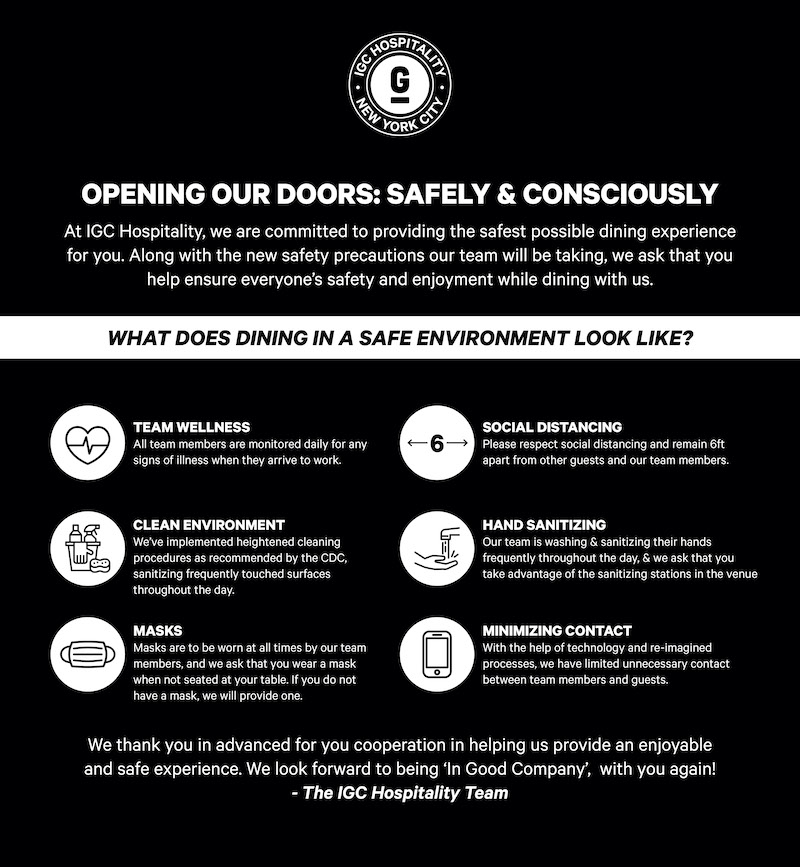Swiss AG vs. Swiss GmbH: Which Company Type Suits Your Business?
Inhaltsverzeichnis
-
Introduction
-
Understanding Swiss AG and Swiss GmbH
-
Comparison of Legal Structures
-
Choosing the Right Entity for Your Business
-
Formation Process and Requirements
-
Conclusion
Introduction

Switzerland offers a business-friendly environment that attracts entrepreneurs from around the world. When forming a company in Switzerland, two of the most common legal structures are the swiss ag and the swiss gmbh. Each has unique advantages depending on the size, goals, and ownership model of your business. This article explores the key differences between these two forms and helps you determine which structure best suits your company.
Understanding Swiss AG and Swiss GmbH
The swiss ag (Aktiengesellschaft) is a joint-stock company, while the swiss gmbh (Gesellschaft mit beschränkter Haftung) is a limited liability company. Both are separate legal entities, offering liability protection to shareholders or members. However, they differ in their governance, capital requirements, and reporting standards.
A swiss ag is often chosen by larger companies or those planning to raise capital through investors or stock markets. It offers greater anonymity and flexibility for shareholders. In contrast, a swiss gmbh is commonly used by SMEs and startups looking for a simple, cost-effective solution with transparent ownership.
Comparison of Legal Structures
To understand the core distinctions, it is helpful to compare the two entity types side by side:
Table 1: AG vs. GmbH – Key Differences
| Feature | Swiss AG | Swiss GmbH |
|---|---|---|
| Minimum Share Capital | CHF 100,000 | CHF 20,000 |
| Shareholder Visibility | Anonymous | Public in Commercial Register |
| Board of Directors Required | Yes | Optional |
| Suitable For | Large firms, investors | Startups, SMEs |
| Transfer of Shares | Freely transferable | Restricted |
Choosing the Right Entity for Your Business
The choice between a swiss ag and a swiss gmbh depends on your business goals. If your company plans to attract multiple investors, issue shares, or operate on an international scale, the AG structure is usually preferable. It is also advantageous if you require corporate anonymity or plan an IPO in the future.
Alternatively, if you are a small business owner or entrepreneur looking to establish a transparent and flexible business with minimal overhead, a swiss gmbh may be the better option. Its lower capital requirements and simpler governance make it ideal for young companies.
Formation Process and Requirements
The formation process for both swiss ag and swiss gmbh involves several key steps:
-
Decide on the legal form (AG or GmbH)
-
Prepare incorporation documents
-
Open a Swiss bank account and deposit the capital
-
Notarize the articles of incorporation
-
Register with the Commercial Register
The timeline for formation typically ranges from 2 to 4 weeks. It’s essential to work with a fiduciary or legal expert to ensure compliance with all regulatory obligations.
In both structures, at least one member of the board or management must be a Swiss resident or have a legal domicile in Switzerland.
Conclusion
Choosing between a swiss ag and a swiss gmbh is a strategic decision that can shape the future of your company. While both offer limited liability and legal protection, the differences in governance, cost, and ownership make each suitable for different types of businesses. By understanding the characteristics of each structure, entrepreneurs can make an informed decision that supports their long-term goals in Switzerland.



